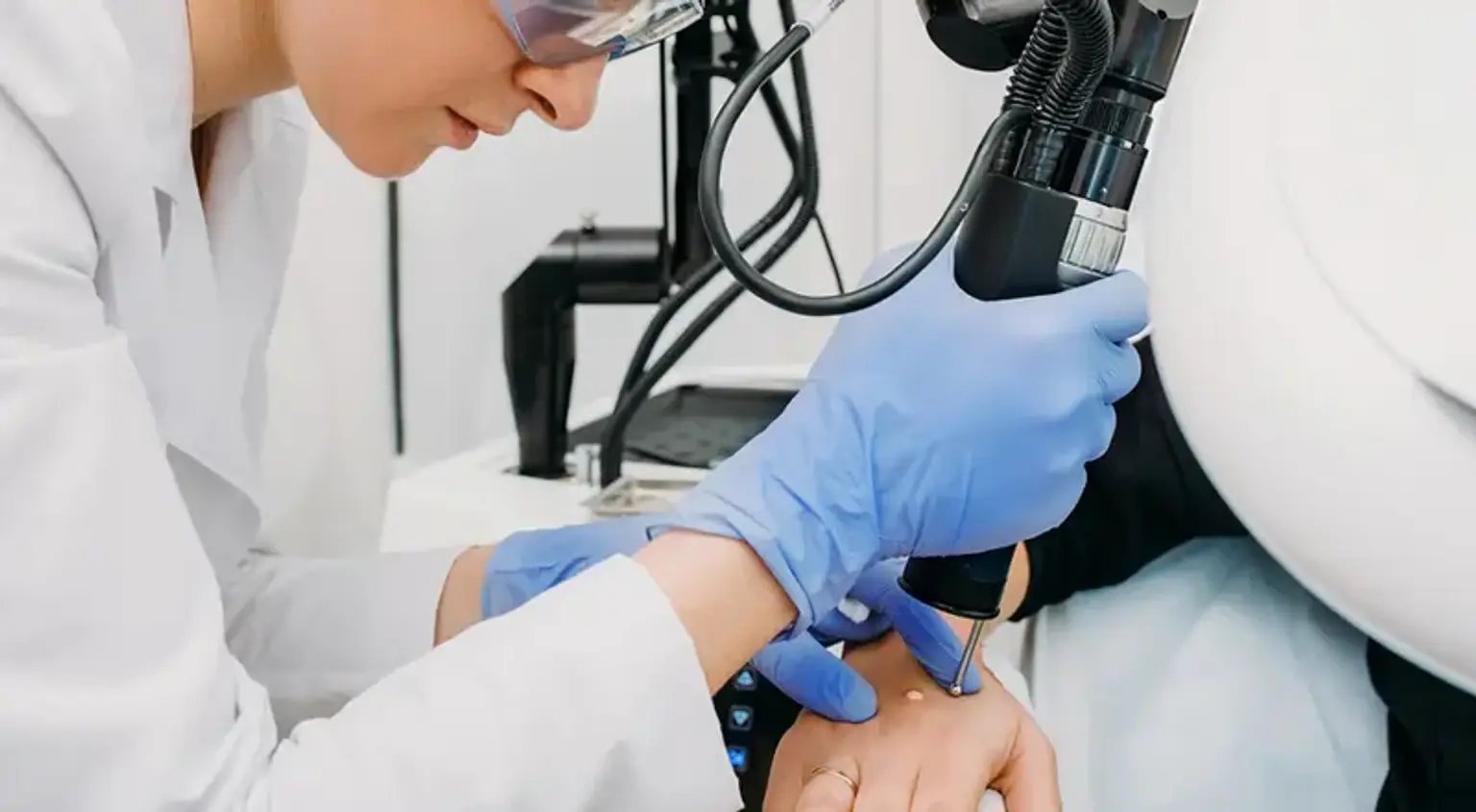Introduction
Dermatosurgery, or skin surgery, encompasses a variety of procedures aimed at diagnosing, treating, and improving conditions related to the skin. It plays a crucial role in removing skin cancers, repairing skin damage, and enhancing aesthetic appearance. From removing tumors to rejuvenating the skin, dermatosurgery benefits patients worldwide.
In addition to treating medical issues like skin cancer and scars, it includes cosmetic surgeries to enhance beauty and self-esteem. With the advancements in technology, many of these procedures are minimally invasive, offering quicker recovery times and effective results.
Understanding the Different Types of Skin Surgery
Dermatosurgery includes a range of treatments, each designed to address specific skin issues:
Mohs Surgery: A precise technique used to remove skin cancers, particularly basal cell carcinoma and squamous cell carcinoma. Mohs surgery removes cancerous cells layer by layer, ensuring healthy tissue is preserved.
Scar Revision Surgery: This procedure improves the appearance of scars, often from surgery, injury, or acne. Techniques include excision, laser therapy, and tissue expansion.
Skin Grafting & Flap Surgeries: These procedures involve transplanting skin from one part of the body to another. Skin grafting is commonly used to treat large wounds or burns, while skin flaps are used for more complex reconstructions.
Each of these procedures has a unique approach and purpose, tailored to the patient's needs and medical conditions.
